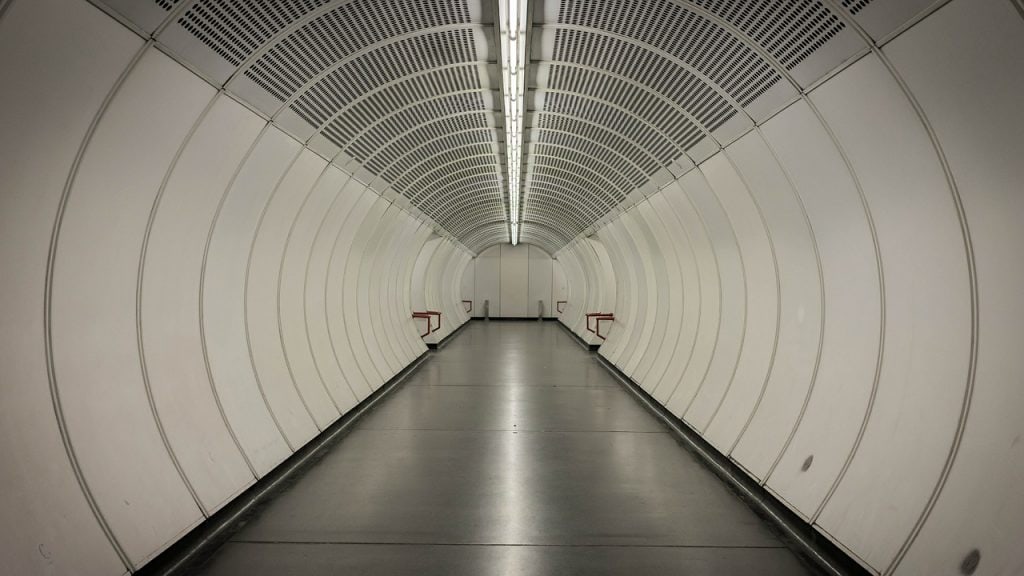
Published on 17/05/2021 on Creditvillage.news
Coming back with memories a year ago, I often think that we have entered this new condition absolutely unprepared. In all respects. We used to say to each other all the time “who would have expected it”, catapulted into a sci-fi movie condition with deserted streets, hospitals in disarray and social isolation. Perhaps all this could have been predicted, or rather made to find us more prepared, but this is another film that finds no space in this article.
In those first few weeks our thoughts were not entirely rational. We didn’t know how long the lockdown would last – let alone what we could sense about the housing market and the NPLs. I remember my phone ringing all the time: the instrument already used and abused before the pandemic had become the only way to talk to the outside world and I spent the day talking to people about the most diverse topics, seasoned with unthinkable questions like “are you alive?”, “what about my real estate?”, “what do we buy in the bag?” and similar things. It’s been about a year; a lot has changed.
From before, of course, but also since the beginning of the pandemic, many things have become different. The most important is undoubtedly the possibility of thinking about tomorrow in a more rational, logical and clear way. Net of all the outstanding issues for which I do not feel able to make a judgment, we are on the eve of the summer season with a vaccination programme started and a fair amount of optimism that next winter the virus will not affect us with the same force.
I would like to focus on the situations that we are currently experiencing and which we could not have foreseen a year ago. I believe that understanding this dystonia can really help us to find the compass and to live the present as clearly as possible.
I counted three:
- Nonlinearity of impact:
At the beginning of the pandemic, we all realized that some sectors would be hit more than others; I am thinking, for example, of tourism in the negative sense and logistics/delivery in a positive sense. What determines the current situation is not, however, such a clear split: it is an intersection of direct and indirect impacts, determined by the related and in some cases also by purely psychological aspects. When we talk about mortgage NPLs, we are witnessing absolutely unpredictable events: the number of auctions beaten has plummeted, dragged down by the effects of the infamous 54ter on main dwelling properties. The downside is that we are seeing unpredictable side-effects such as large participation in auctions that are beaten, perhaps determined by the increased concentration of buyers. On the real estate sector, on the other hand, we observe the unexpected dynamism of the market of the management of large cities and tourist properties that paradoxically should be the sectors most affected by Covid by use. Even in the residential market we find some unexpected or unpredictable situations: the prices of large cities are stable, no escape to the countryside as you might have thought at first. The desire to change the air (literally) and to regain freedom finds its sublimation in the second house, which lives a flourishing moment in sales and prices as not seen in 10 years now.
2. A new everyday life
Perhaps even for a bias of our brain, in these situations we are led to think that the problem would be solved at the same rate as it was created. What is unfortunately happening is that after a year we enjoy limited freedoms and variable over time, this creates a context of non-linear (see previous point) and mobile economic uncertainty, creating difficulties of all kinds. What is likely to happen in the near future is that we will return to a new normal, that is to say, a daily life that will absorb the negative and positive consequences of what has happened. We will work more in smart-working and live longer in tourist resorts, but we can hardly cram a closed space or use public transport in the same way. Once again, all this will also affect the NPLs and the real estate market in an unexpected and difficult to predict way: the moratoriums have not yet expired and certainly will not all expire at the same time; it is not yet clear the fate of the management and properties for
retail use, from shops to shopping centers. Probably after a long time we would have expected to have much clearer ideas on how to act in certain situations for debt recovery or how to enhance a certain type of asset; that is not the case and probably will not be the case for several more months.
3. The restart:
The common trait is the desire to start again and get out of this unpleasant situation. It seems natural to think of an end pandemic of great enthusiasm, with record sales for everyone and rampant revenge spending. The reality is that this situation is leaving a heavy mark on someone (see still non-linearity) and this restart will not be the same for everyone. Health, economics, psychology: the virus has not only attacked the respiratory tract. How many hotels or restaurants will leave? How many people will have lost their jobs? The answers to these questions are very important for the housing market and reference for the NPLs market but the truth is that we do not know them today. The data collected at the moment are influenced by too many trending dynamics and cannot represent a long-term trend. We can rightly note that real estate sales are the impact and that the market in general is sparkling and optimistic; they are probably the effects of the liquidity wave that we have received, which if it is not translated into real production/economy will soon become inflation. We are therefore in a transitional phase: we are too close to the turning point to be completely in the dark, but in the next few steps there is still too much uncertainty to get a clear picture of the situation. It is important right now not to totally trust irrational trends and drives, which can be fake friends. The historic moment is new for all generations and we cannot afford to approach tomorrow’s activities lightly.
The real challenge today is to keep the focus high. This long period of twilight has clouded our ability to react to stimuli and opportunities a little; each of us must make an important effort in this regard. It is now very difficult to be able to analyse an NPL portfolio, decide on the change of use of a property or land; it is easy to be tempted by the activity by inertia but we must accept the doubt, adopt the criterion of prudence and approach work with professionalism.
Time is always gallant man and full of rewards for those who approach work in this way.
Emanuele Grassi





